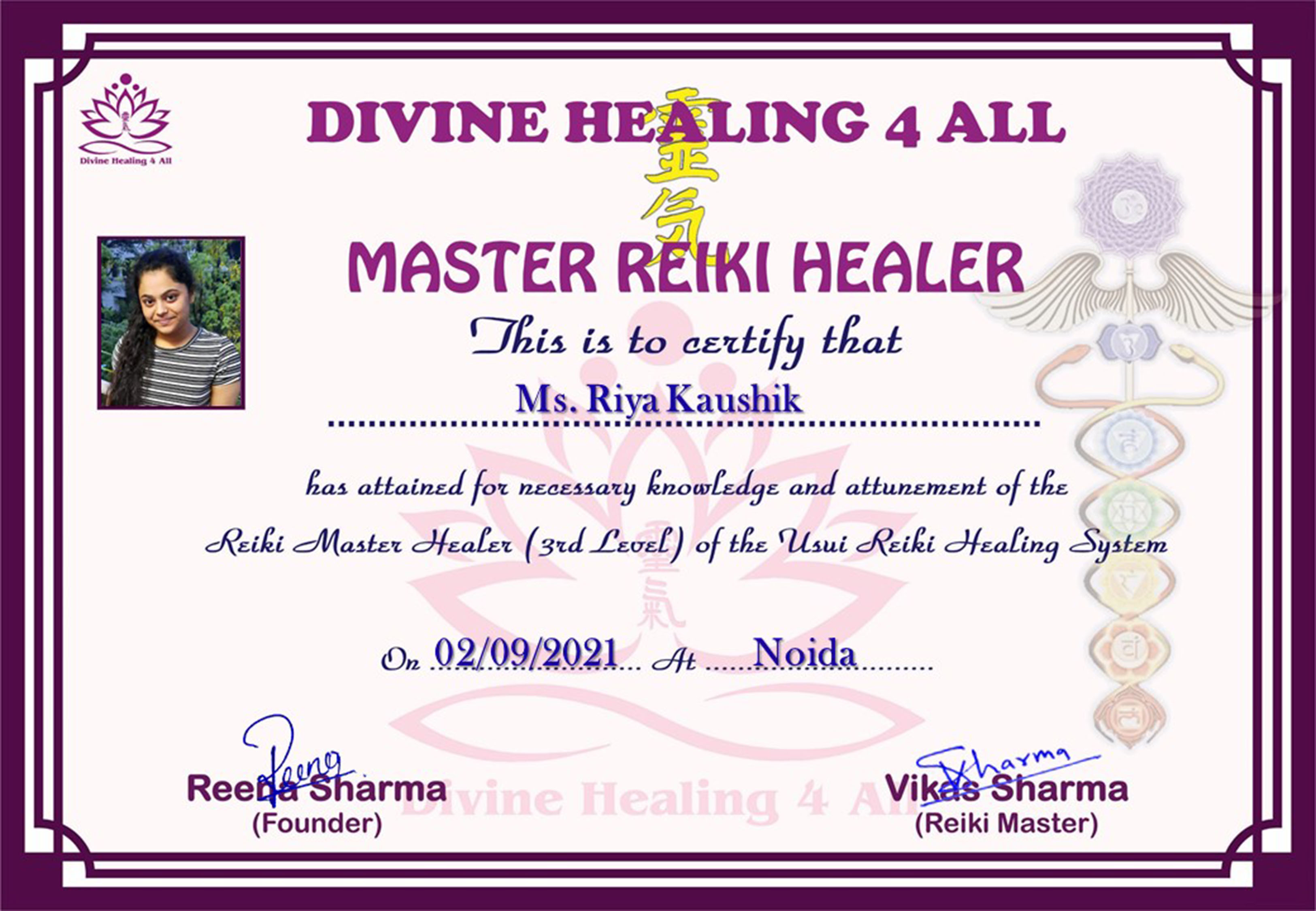What is Dowsing Course?
The Dowsing Course discusses the chakras and how dowsing can be used both to diagnose issues and heal them. You’ll become familiar with chakras and how they become blocked, how to cleanse and balance chakras, and how to choose pendulums suitable for healing. The course also explains what the aura is and how you can use dowsing to find the aura and resolve any problems with it.
Giving yourself some preparation time before dowsing can help you to achieve better results. The Dowsing Diploma Course takes you through using meditation as an effective preparation and how to ready your tools before conducting a session. Should you wish to provide dowsing as a service, the course concludes by offering some advice on how to conduct yourself with clients and makes you aware of your ethical responsibilities to them.
Dowsing
Dowsing, in general terms, is the art of finding hidden things. Usually, this is accomplished with the aid of a dowsing stick, rods or a pendulum. Also known as divining, water witching, doodlebugging, and other names, dowsing is an ancient practice whose origins are lost in long-forgotten history. However, it is thought to date back at least 8,000 years. Wall murals, estimated to be about 8,000 years old, discovered in the Tassili Caves of North Africa depict tribesmen surrounding a man with a forked stick, possibly dowsing for water.
How Does Dowsing Work?
The quick answer is that no one really knows - not even experienced dowsers. Some theorize there is a psychic connection established between the dowser and the sought object. All things, living and inanimate, the theory suggests, possess an energy force. The dowser, by concentrating on the hidden object, is somehow able to tune in to the energy force or "vibration" of the object which, in turn, forces the dowsing rod or stick to move. The dowsing tool may act as a kind of amplifier or antenna for tuning into the energy.
Skeptics, of course, say that dowsing doesn't work at all. Dowsers who seem to have a track record for success, they contend, are either lucky or they have good instincts or trained knowledge for where water, minerals and the like can be found. For believer or skeptic, there's no definitive proof either way.
Albert Einstein, however, was convinced of the authenticity of dowsing. He said, "I know very well that many scientists consider dowsing as they do astrology, as a type of ancient superstition. According to my conviction, this is, however, unjustified. The dowsing rod is a simple instrument which shows the reaction of the human nervous system to certain factors which are unknown to us at this time."
Types of Dowsing
There are several types or methods of dowsing:
Forked stick: The most traditional method uses a small Y-shaped tree branch (most often from a willow). The dowser holds the branch parallel to the ground by the top of the Y shape, then walks over the area to be probed. When the dowser passes over the sought object, the end of the branch is drawn down, pointing to the spot at which the object can be found.
Rods: An alternate method uses two L-shaped metal rods, one held in each hand parallel to the ground and parallel to each other. In this case, when the dowser passes over the sought object, the rods either swing apart or cross each other. You can easily make dowsing rods from wire coat hangers.
Map dowsing: Some dowsers don't even have to visit the location to be dowsed. For them, a map of the area is sufficient over which they hold a pendulum. They know they have located the target area when the pendulum begins to move in a circle or back and forth.
Y-rods, L-rods, pendulums and other dowsing equipment can be purchased from the American Society of Dowsers.
